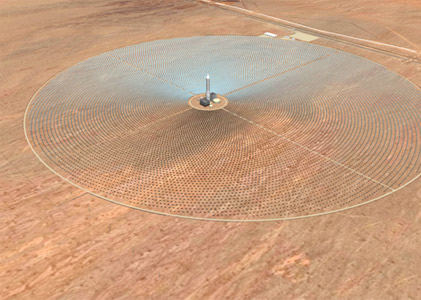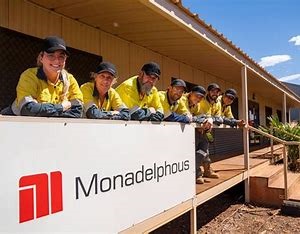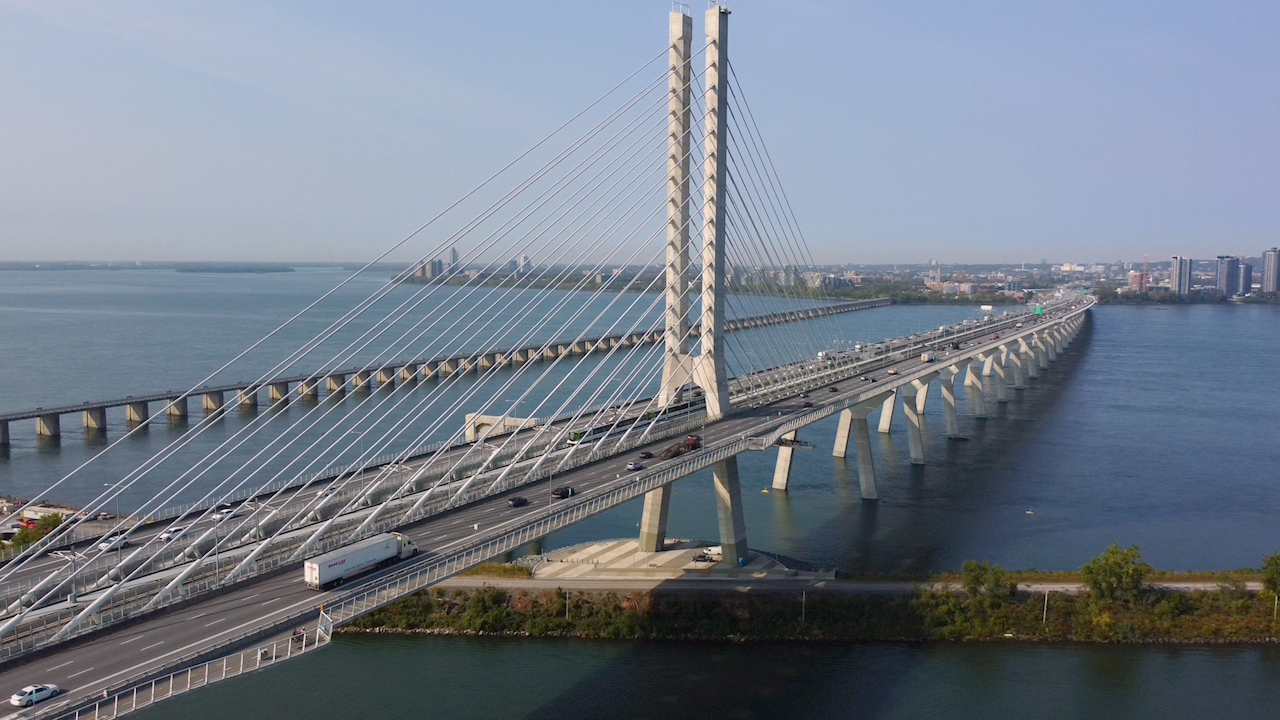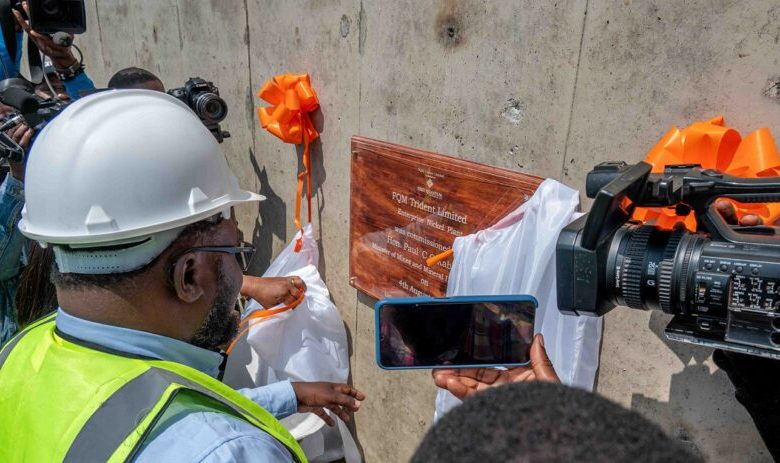
Secretary of the Interior Ken Salazar has approved the Crescent Dunes Solar Energy Project, the ninth large-scale solar facility given the green light as part of an initiative to encourage rapid and responsible development of renewable energy on US public lands.
The concentrated solar power plant will produce 110 megawatts, enough to provide electricity for up to 75,000 Nevada households, and generate about 450-500 new jobs during construction and up to 50 permanent operations and maintenance jobs.
“Crescent Dunes joins a host of renewable energy projects on public lands in the West that are opening a new chapter on how our nation is powered,” Salazar said in signing the Record of Decision.
“Using American ingenuity, we are creating jobs, stimulating local economies and spurring a sustainable, clean energy industrial base that will strengthen our nation’s energy security.”
The project, proposed by SolarReserve's subsidiary Tonopah Solar Energy, LLC of Santa Monica, California, is sited on approximately 2,250 acres administered by the Bureau of Land Management (BLM) about 13 miles northwest of Tonopah in Nye County, Nevada.
In recent months, the BLM has approved six renewable energy projects on public lands in Nevada—three solar, two geothermal and one wind—as well as a long-distance transmission line that will facilitate the delivery of a variety of energy sources, including renewable energy, to consumers across the western United States.”
Through the American Recovery and Reinvestment Act, Tonopah Solar Energy, LLC can qualify for grants in lieu of tax credits – up to 30 percent of the project’s eligible costs – as well as Department of Energy loan guarantees to assist with the construction of the facility.
The plant will use concentrated solar thermal “power tower” technology to contribute 485,000 megawatt hours of cost-effective renewable energy annually to the Nevada grid. This innovative technology uses mirror fields to focus solar energy on a tower receiver near the center of the array. Steam from boilers in the tower drives a turbine, which generates electricity for the transmission grid.
Crescent Dunes will also have thermal energy storage capability which will help during the state’s peak electricity demand periods, including evenings in summer, when solar projects without storage can no longer generate solar energy. The State of Nevada is working to achieve a 25 percent Renewable Portfolio Standard by 2015.
SolarReserve plans to start construction in the middle of 2011, the company said in a statement. It will take about 30 months to build the project at an estimated cost of $650 million to $750 million, with commercial operation in early 2013.













